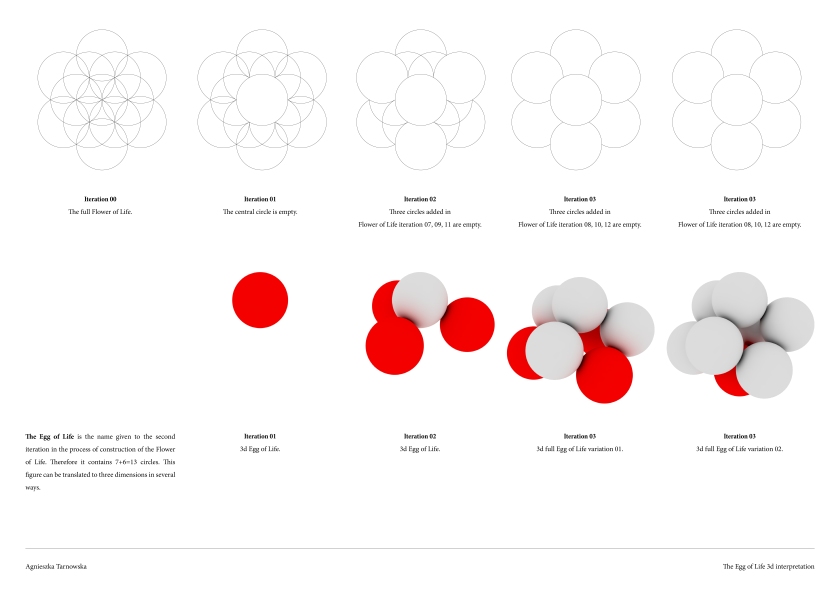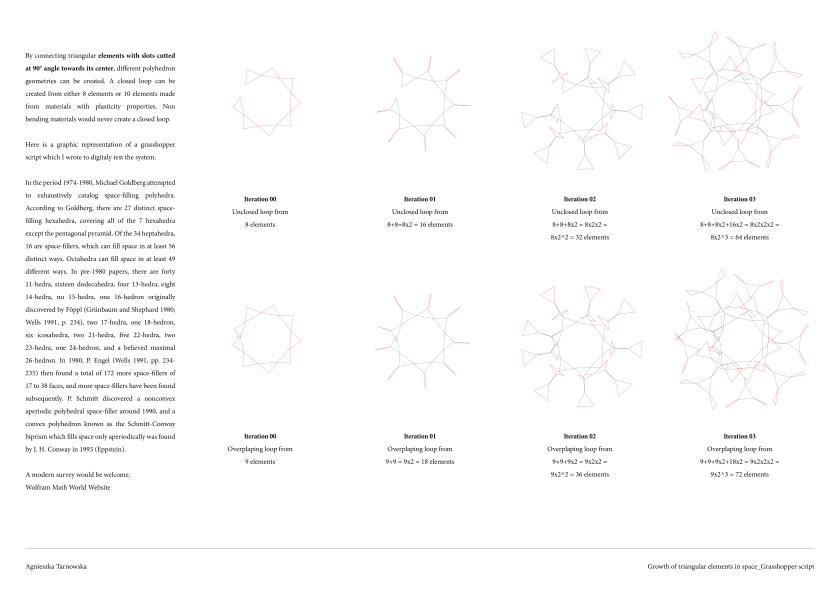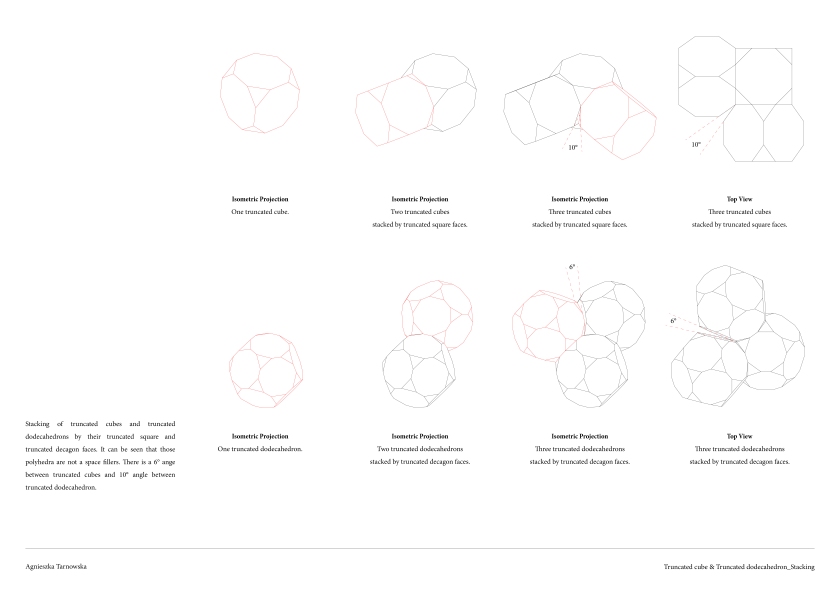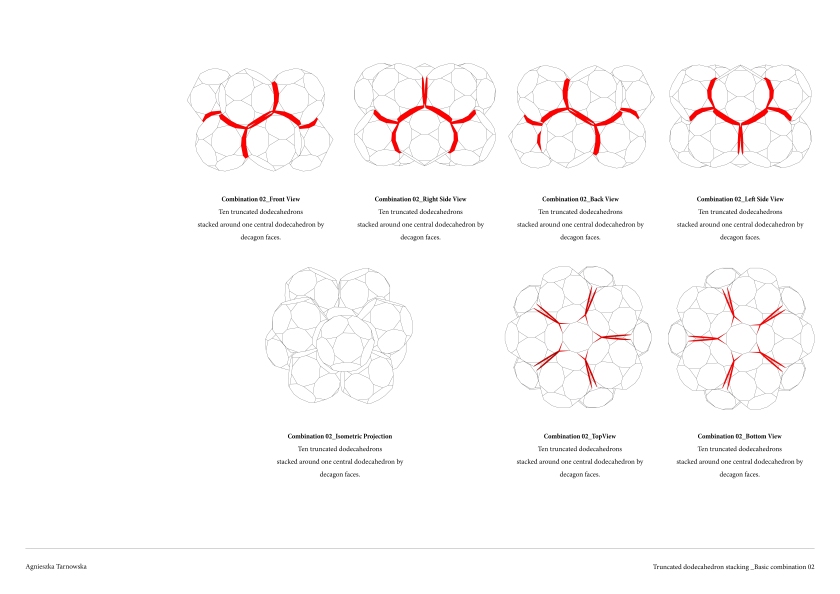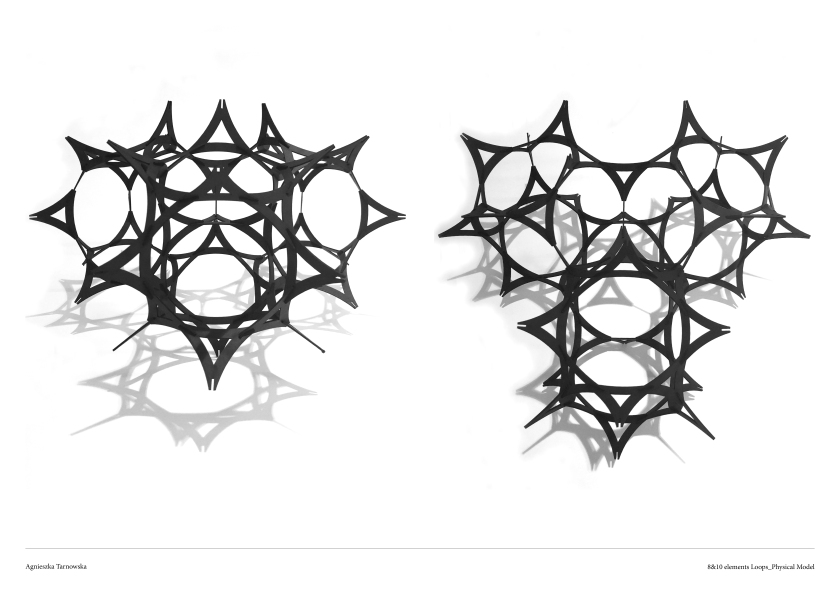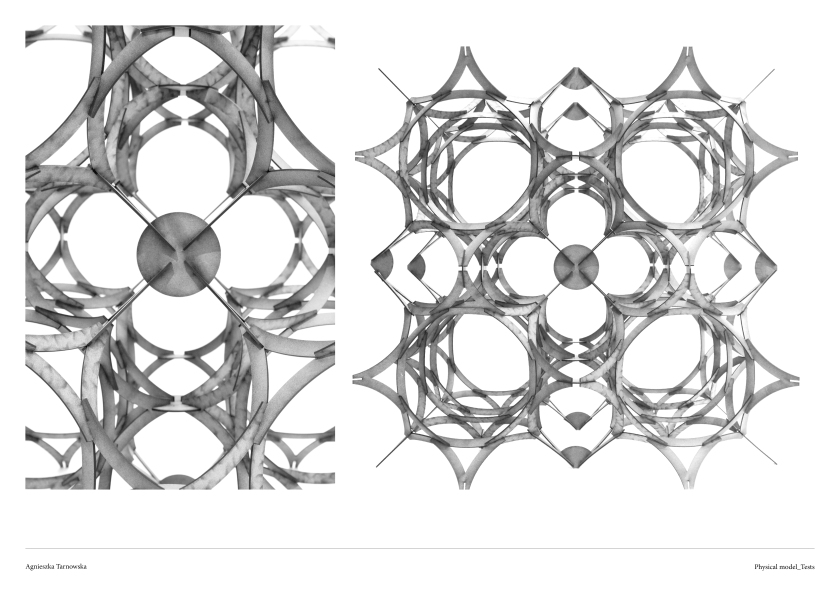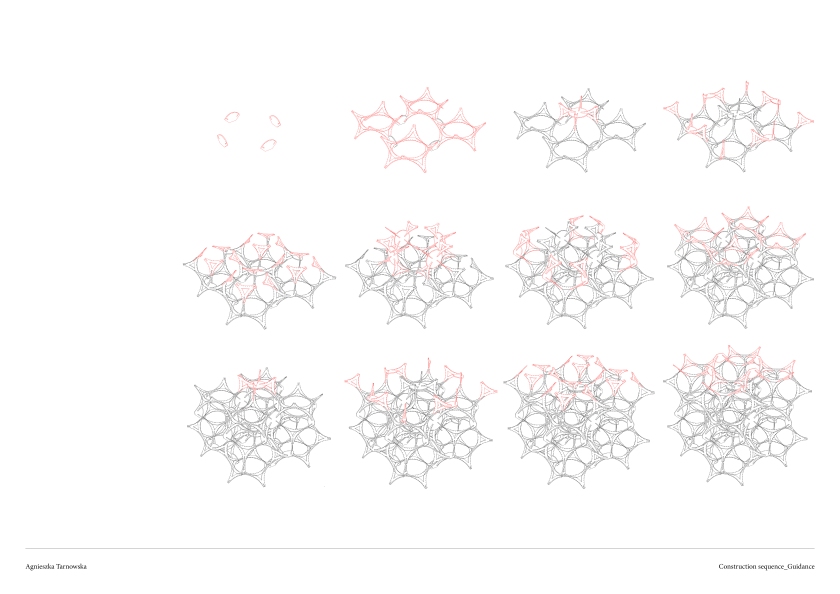Inspired by 60s Ron Resch mind-altering geometry and material experimentation, a Collaborative Cube System is an interactive lightweight installation consisting of cubes mirroring the world in their faces. By teamwork visitors can transform the system by moving and rotating single elements.

The idea of imposition of changes by collaborative work is a key concept behind the installation. Possibilities offered by the installation encourage visitors to play with the movable toy and explore it.

Ron Resh, who explored geometries and experimented with materials in 60s, coined a concept of combinatorial generating system, describing it as ‘a system which has a part rule which determines a finite set of elements, and which allows for each to be replicated. Its rule for connectivity is not definitive, but is permissive within contextual constraints by allowing the user to combine the parts in various ways to form a single system.’

Collaborative Cube System, consist of 15 consistently attached cubes allowing each one to be moved and rotated. Changes applied to a single element transform the whole system. In order to do it at least two people are needed. Collaboration and shared efforts enable to change and experiment with the system. As in real world, it is hard to change anything alone. Teamwork and shared goals make the changes possible and provide joy from the process of collaborative transfor mation.
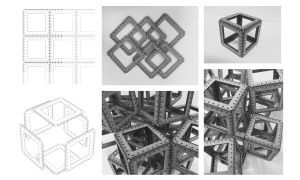
Lightweight installation is composed from 15 movable cubes 40cmx40cmx40cm, consistently attached by their corners with a nylon string. Frames of the cubes are made of 4mm playwood and composed together by clear nylon cable ties wire zip. Mirror foil covers each face of the cube, leaving only thin part of the wooden frame seen from outside. The whole system hangs from the frame structure. The whole structure is 3m height allowing the visitors to touch the bottom cubes. During night, small LED lights installed in the ground light the structure from the bottom.




